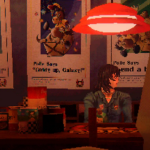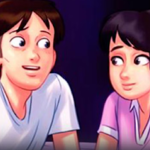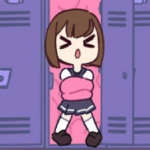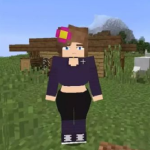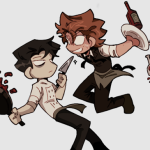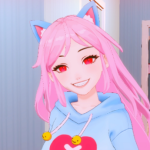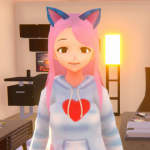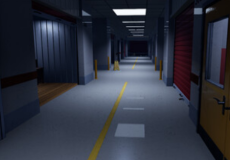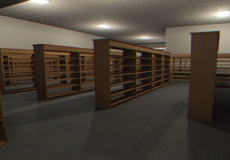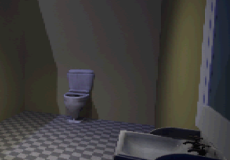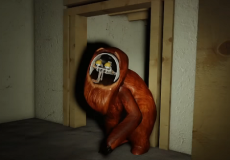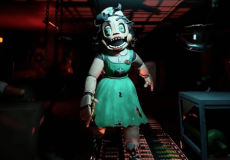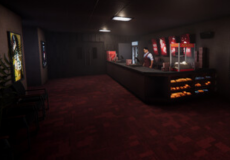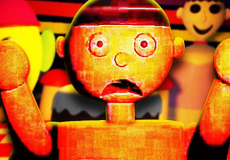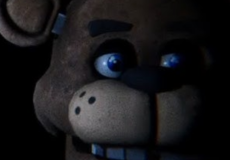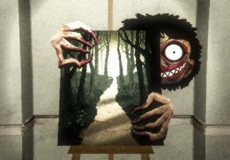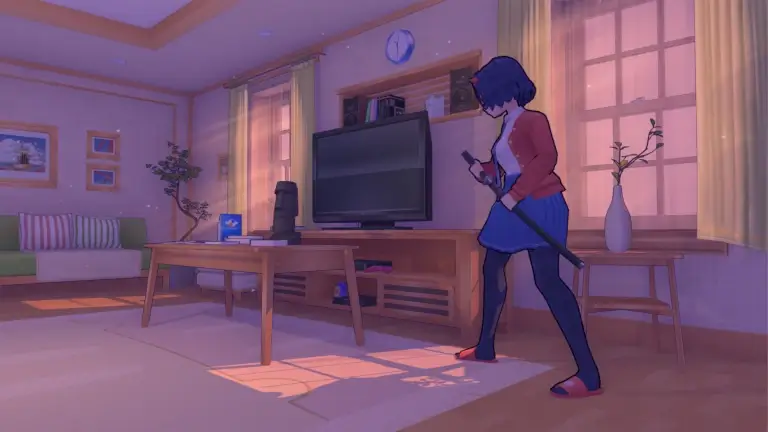

Zort
Advertisement
Zort is a multiplayer survival horror game where a small group of players must work together to escape from an enclosed, hostile environment. Each session places participants in a randomly generated map with limited supplies, hidden objectives, and unpredictable monsters. The game’s design focuses on coordination, timing, and controlled movement rather than direct combat. Success depends on how well players read their surroundings, share information, and react to shifting threats. The loop of exploration, tension, and escape defines the experience of Zort as a continuous test of awareness.
Advertisement
Similiar games
Zort is a multiplayer survival horror game where a small group of players must work together to escape from an enclosed, hostile environment. Each session places participants in a randomly generated map with limited supplies, hidden objectives, and unpredictable monsters. The game’s design focuses on coordination, timing, and controlled movement rather than direct combat. Success depends on how well players read their surroundings, share information, and react to shifting threats. The loop of exploration, tension, and escape defines the experience of Zort as a continuous test of awareness.
Gameplay Structure and Objectives
At the start of each match, players enter a large, dark facility or complex filled with locked areas and environmental puzzles. The group must locate specific tools, power sources, and keys to progress toward an exit. Enemies roam the area using sound and movement detection, which makes every noise a potential risk. Players must decide when to move, when to hide, and when to communicate. The objective remains constant — survive and escape — but the way each match unfolds depends on player cooperation and the random arrangement of rooms and obstacles.
Systems and Interactive Elements
Zort’s structure relies on interconnected systems that influence the rhythm and strategy of each session:
· Proximity Voice Chat: Communication depends on distance, adding realism and risk.
· Environmental Variation: Lighting, layout, and hazard placement change with every run.
· Creature Behavior: Monsters use patterns based on sound and proximity.
· Task Management: Teams must complete a sequence of objectives before escaping.
· Limited Resources: Tools and batteries are scarce, forcing careful distribution.
These mechanics encourage observation and collaboration, ensuring no player can succeed entirely alone.
Cooperative and Solo Dynamics
While Zort supports single-player mode, its design prioritizes teamwork. Groups of players can split tasks, with some exploring while others protect or distract enemies. Communication plays a direct role in survival, as separated teammates may lose access to vital information. In solo play, progress becomes slower and more methodical. Without external input, the player must rely entirely on memory, resource management, and silence to avoid detection. Both playstyles share the same systems but produce different forms of tension.
Discuss Zort

